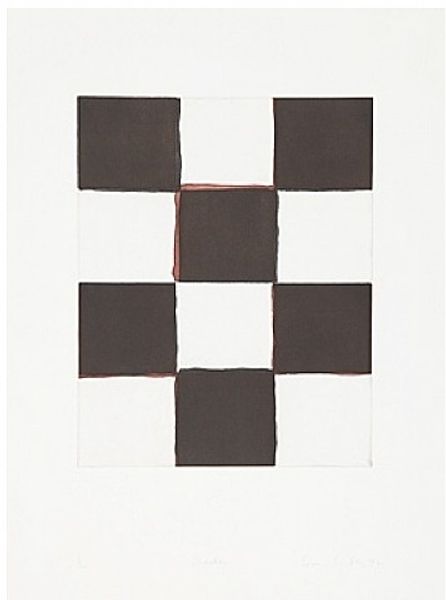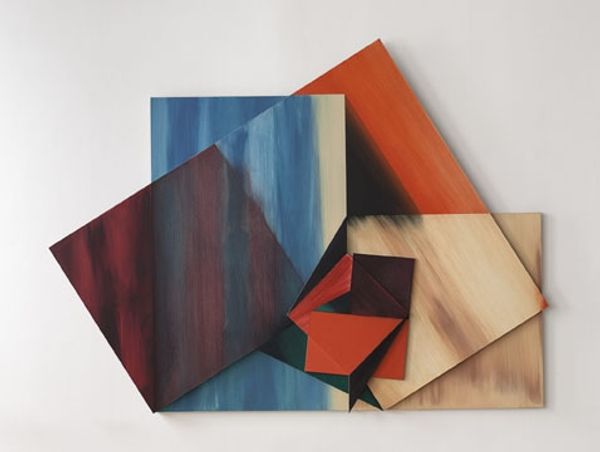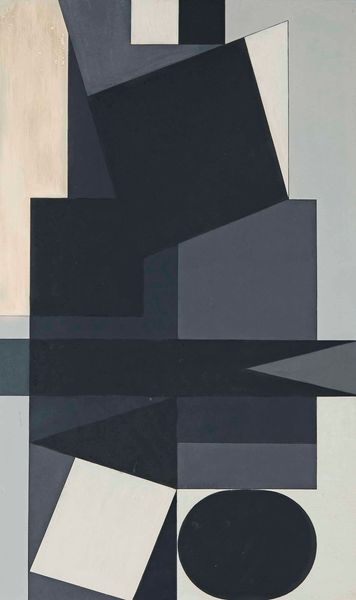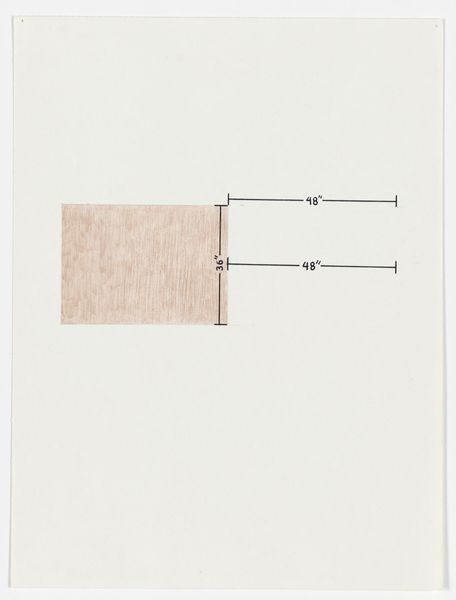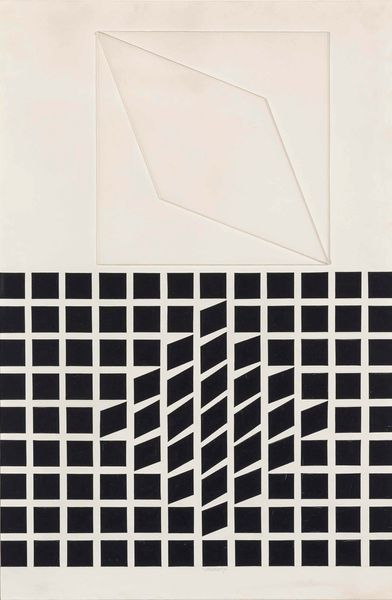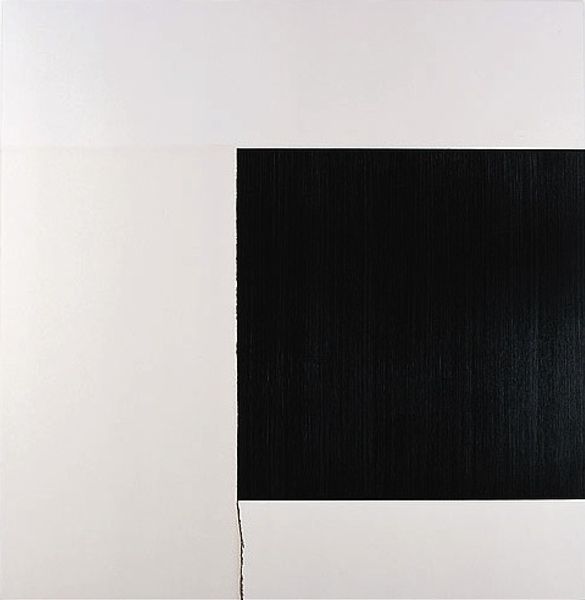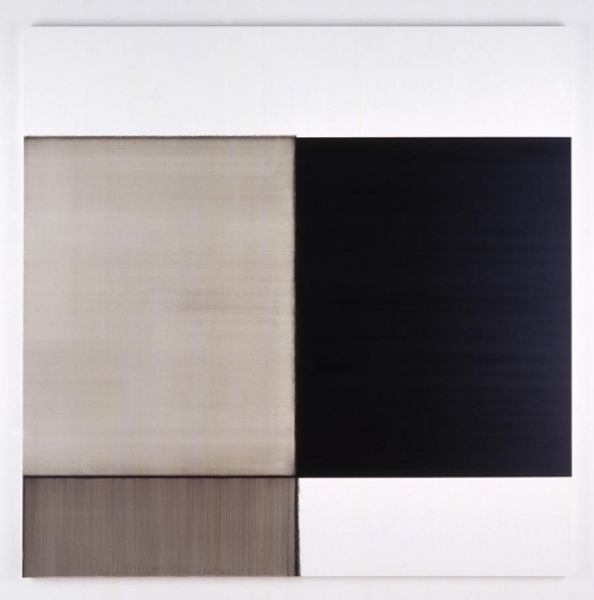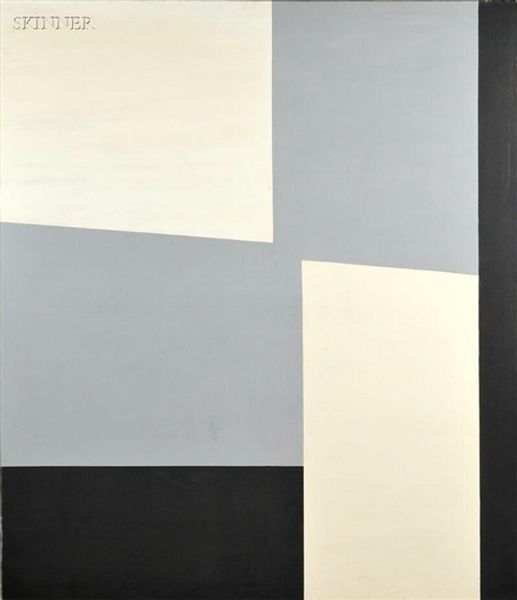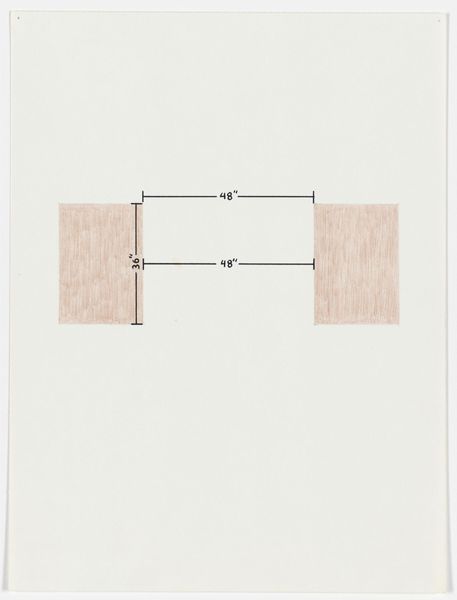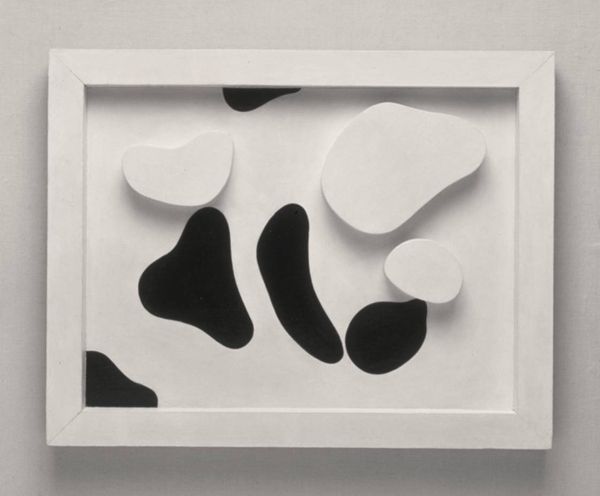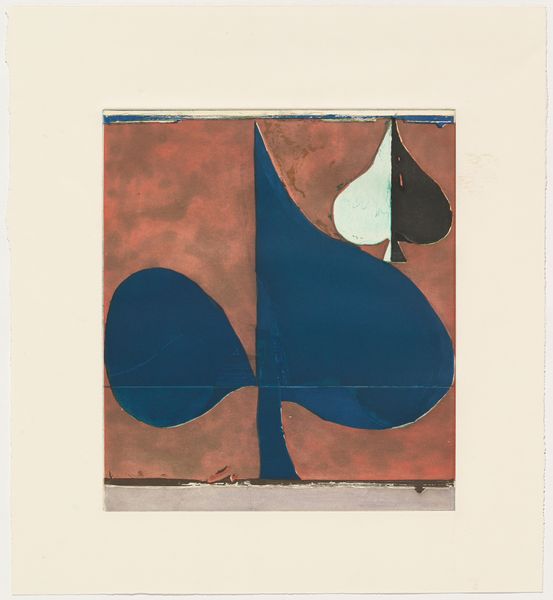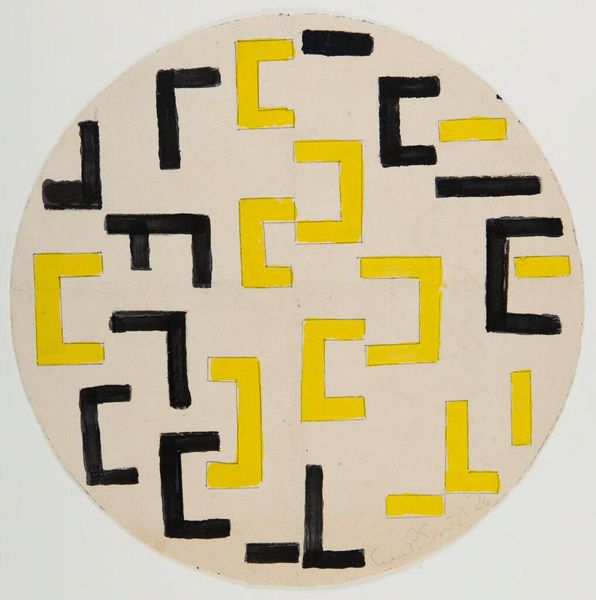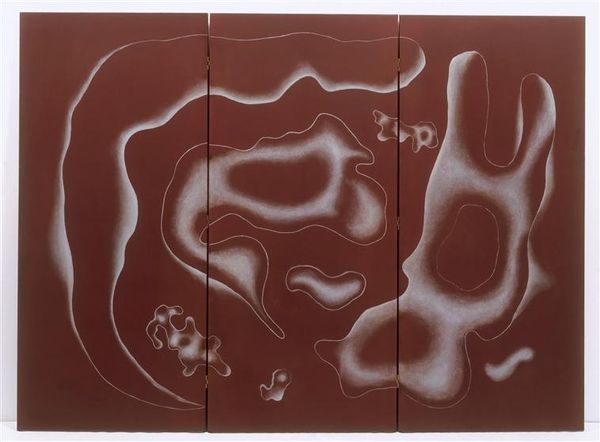
mixed-media, assemblage, photography
low poly
three dimensional figure
mixed-media
low-poly
white backdrop
interior design shot
assemblage
ethereal
appropriation
constructivism
tonal
toned
photography
rectangle
geometric
white focal point
nude
shadow overcast
Copyright: Robert Heinecken,Fair Use
Curator: Robert Heinecken’s "24 Figure Blocks" from 1966 offers a fascinating interplay of photography, sculpture, and assemblage. The nude figure is fractured and reconstructed across a grid of wooden blocks. Editor: The immediate impression is one of disjointed sensuality. There's a puzzle-like quality, a sense of the fragmented body being reconfigured. It’s rather unnerving, yet also invites closer scrutiny. Curator: Indeed. Heinecken, known for his pioneering work in photomechanical reproduction, destabilizes the traditional art object here. He moves beyond the flat plane of photography by literally building upon it, complicating our perception. What do you observe regarding the selection of materials? Editor: The combination is crucial. The coolness of the photographic image, the slick monochrome, against the warmth and tactile nature of the wood. It throws the industrial versus the organic into sharp relief. It makes me consider the labor and physical manipulation inherent in producing both photographs and handcrafted wooden elements. There is such different processes behind photography and woodwork. Curator: The juxtaposition speaks volumes. Moreover, the geometric structure, recalling constructivism, further abstracts the figure. This deliberate deconstruction challenges conventional notions of beauty and the representation of the female body. There’s a palpable tension between objectification and artistic exploration, don’t you think? Editor: Absolutely. The wood almost feels like censorship, obscuring and revealing simultaneously. But thinking about materiality also brings up ideas about the ephemerality of images versus the supposed permanence of sculpture, all underscored by that distinct '60s aesthetic. The labor of reproduction is laid bare when you think about what would have been seen at the time, and consider its distribution to audiences via photography, compared with now, viewing this image from digital reproductions across the world. Curator: It encourages us to reconsider the nature of photographic truth, questioning its relationship to materiality and artistic intent. Editor: Exactly. It becomes less about the body, and more about how we’ve been trained to receive it. Curator: Well, considering the complexities of Heinecken’s assemblage, the piece provides much food for thought about how artistic intentions can subvert audience perceptions. Editor: Ultimately, "24 Figure Blocks" uses these artistic processes to interrogate our relationship to images and objects.
Comments
No comments
Be the first to comment and join the conversation on the ultimate creative platform.
